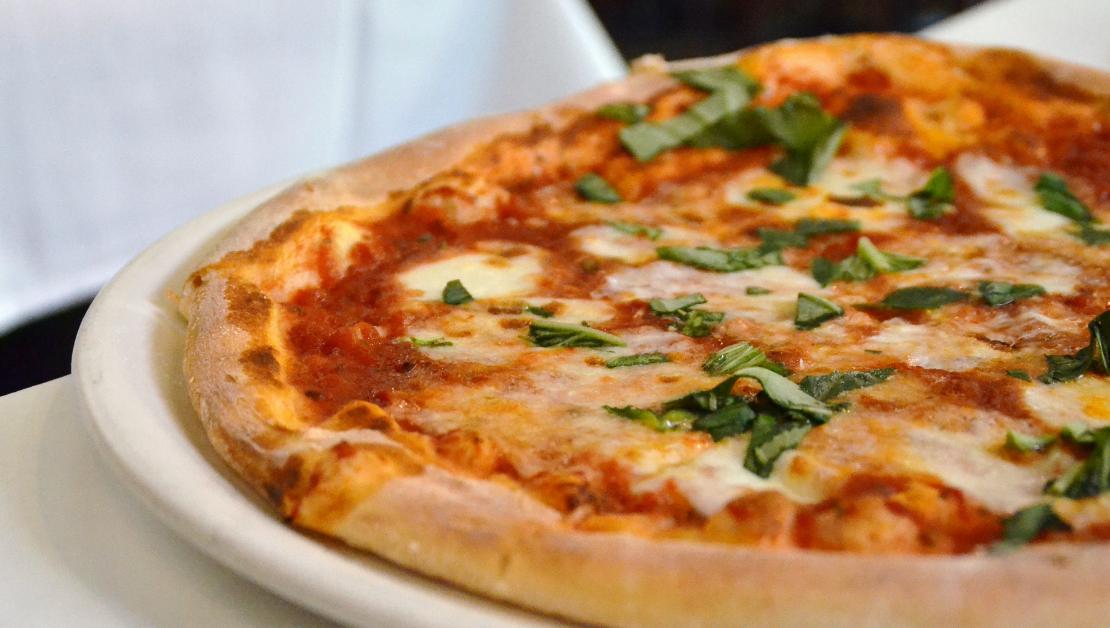This c of abbbc refers to chianti classico, classical Chianti! Chianti red wines are the pride of Tuscany.
What kind of wine is Chianti wine?
Description: Chianti is a red wine from Tuscany made from Sangiovese grapes.
Flavor: Red fruit, rich tannins, tobacco
Food pairing: pizza, ketchup, smoked ham, black coffee, dried cherry fruit, etc

In fact, about Chianti, I wrote in the previous article "The Temptation of Italian Wine, Don't Know the "Black Rooster" in Chianti!" There is a detailed introduction in it. Forgotten or new friends can flip back and find out.
Today I will make a slight addition to the original foundation.
Chianti, a red liquid from Tuscany, is one of the most famous wines in Italy. Chianti is an essential element of Italian cuisine, as important as olive oil. A very simple Italian delicacy, such as a sliced slice of ham or a plate of pasta, can be a lot of fun when you meet Chianti.
Chianti appellations:
The original appellation of Chiondi, which was first defined as early as 1716, originally consisted only of the areas near the three villages of Radda, Gaiole and Caselia, and later joined the town of greve, including later expanded regions, which to this day are known as the traditional historical appellations, that is, chianti classico, one of the top wine regions in Italy today.
Among the other 6 Chianti sub-appellations, chianti rufina, located east of Florence, is the most prominent of them, producing elegant and long-lasting wines. As the region leads north to the Apennine Mountains, the vineyards benefit from the cool sea breeze that blows by, while also creating the elegance of the region's wines, and the wines take time to fully express their strength. Some wineries still have wines from 50 or 60 years old in their cellars.
Classical Chianti vineyards are mostly dusty above 250-50 meters above sea level, but the producers, marked on maps of the chaotic hills of the Chianti countryside and the grape plants (and olive trees) scattered among the woods, have succeeded in turning the lighter-colored, acidic Sangiovese into complex, satisfying tannins and not enchanting wines.
Emergence of Super Tuscany:
The Chianti region can also produce the simplest chianti wines, an easy-to-drink version that is aromatic, fruity and suitable for drinking for a year or two at its best, and is easier to drink than the classical Chianti that must be brewed under stricter regulations.
As far back as 1872, Baron Likasoli (a former Prime Minister of Italy) had distinguished between these two different forms of Chiondi in his Cloriaux Castle: a simple wine suitable for drinking at a young age, and a serious wine that was more suitable for aging in the cellar. For those Chiondis, which were suitable for drinking at a young age, the Baron allowed the addition of the original Sangiovese and Colorino red grapes to a few varieties of Malvisa white grapes that were prevalent at that time. Unfortunately, the amount of white grapes used to increase the yield has gradually increased.
When the DOC regulations were enacted in 1963, the authorities went so far as to stipulate that any type of Chiangdi must add at least 10% and up to 30% (which is obviously too much) of the white graft. These regulations are obviously very unreasonable, and they have aroused strong opposition from many local wineries.
In 1975, the historic antinori family launched their pioneering tignanello, which is made with sangiovese grapes and a small amount of cabernet sauvignon. They soon introduced solaria, which was the opposite of the regulations in terms of the proportion of grapes used. In just a few years, almost all chianti wineries or estates have followed in their footsteps to create a "super Veneto". Because it does not meet the brewing regulations of doc and docg, many super Veneto can only be sold in the name of daily table wine "vdt". Super Veneto has many outstanding wines and is an innovation in the Veneto region.
Classical Chianti:
Today's classical Chianti is a very rigorous wine, mainly based on the low-yielding top Sangiovese red grapes (which need to account for 80% to 100% of the blend), and aged in wooden barrels (which can be large or small), and the wine can be at least 10 years old or even longer. Other grape varieties currently allowed to join the classical Chiondi (up to 20%), including the traditional Colorino, the dark Colored Colorino, and the international varieties Cabernet Sauvignon and Merlot are preferred. Since 2006, all light-coloured grape varieties have been banned from blending classical Chianti (but they can be blended into Chianti).
Chianti's ageing levels:
The most common Chianti: 6 months, young, easy-to-eat table wine.
Super Chianti: 1 year, slightly bold, the acidity and body of the wine are smooth.
Treasure Chianti: 2 years, is the top wine produced by Chianti producers.
Ashes Select Chianti: At least 2.5 years (for classical Chianti only) belongs to the elite of classical Chianti.
The ageing time specified by each legal sub-appellation:
Colli Senesi: 6 months.
Colline pisane: 6 months.
Colli aretini: 6 months.
Montalbano: 6 months.
Montespertoli: 9 months.
classico: 1 year.
rùfina: 1 year.
Colli Fiorentini: 1 year.
Resources:
1. The seventh edition of the World Wine Map, published by CITIC Publishing House
2.Winefolly: Wine critic, website
For more information on Italian wines, follow Blanc. A media platform that provides wine lovers with the most professional wine knowledge and wine pairing experience. Let wine no longer be mysterious!